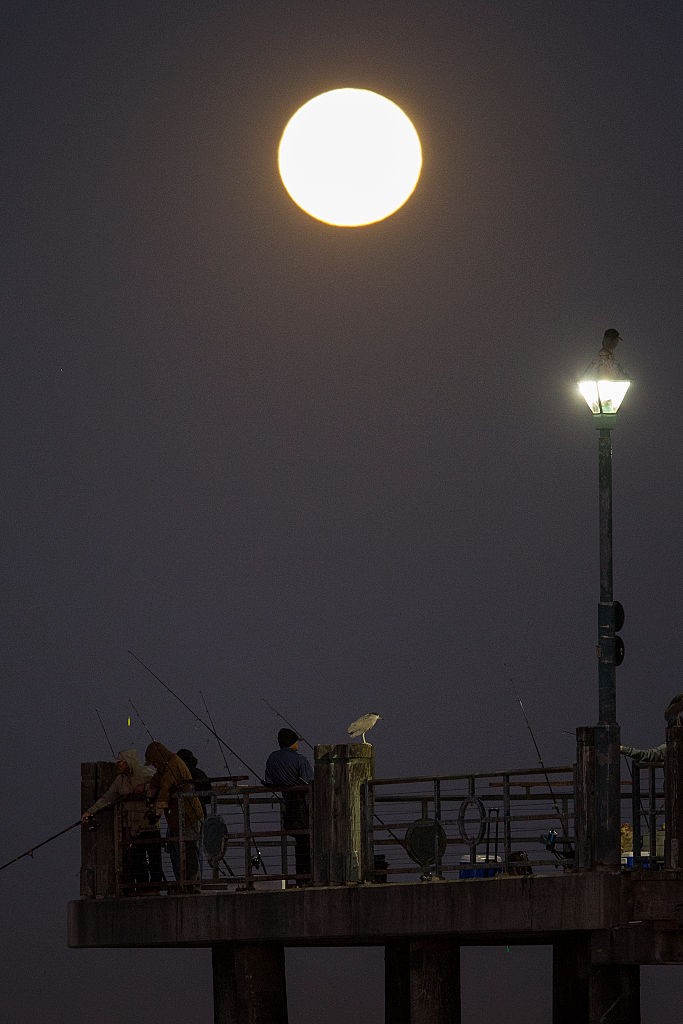The moon was closer to the earth on Nov. 14 than it has ever been in 68 years. A supermoon occurs whenever the moon is 90 percent closest to the earth at any one given orbit, and the last time this occurred was in 1948. Astronomers calculate that the next one will be in 2034.
Thousands of photographers from all over the world set up their cameras in parks, malls and other public places to witness the supermoon that illuminated the earth. Families held a picnic under the night sky, taking their kids outside to appreciate its beauty. Social media was filled with pictures of the moon.
The term "supermoon" was coined by Richard Nolle, an astrologer. By his definition, supermoons may take place several times a year. The media may have created a hype out of it, which eventually became viral in social media, Sky & Telescope reported.
Astronomers refer to the supermoon as the "perigee full moon" because it happens during the perigee of its orbit. While some people find the hype a little annoying, there is actually some significance to it.
By using a finely tuned instrument, it is easy to show that the moon was indeed closer to the earth yesterday than any ordinary full moon for the last 68 years. Using bare eyes, however, it can be difficult to tell the difference.
While full moons are bright, a supermoon is brighter. Also, a supermoon can create higher tides than usual since it is closer to the earth and pulls harder on the earth's oceans. These are called "spring tides" or "king tides", EarthSky reported. While it is true that these are significant, the size and brightness are only a few percent larger than an average full moon.
A supermoon is hardly enough to cause massive flooding and earthquakes as some people believe. Also, the recent supermoon may have appeared bigger and brighter than normal, but the real difference really is not big enough to notice.
Watch a video of this rare supermoon:



























